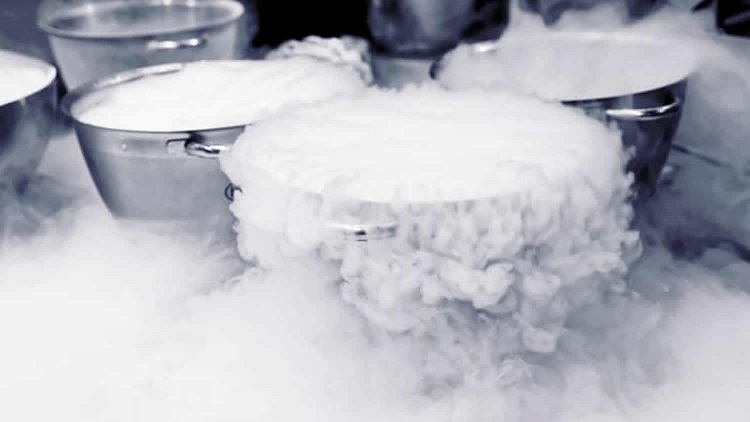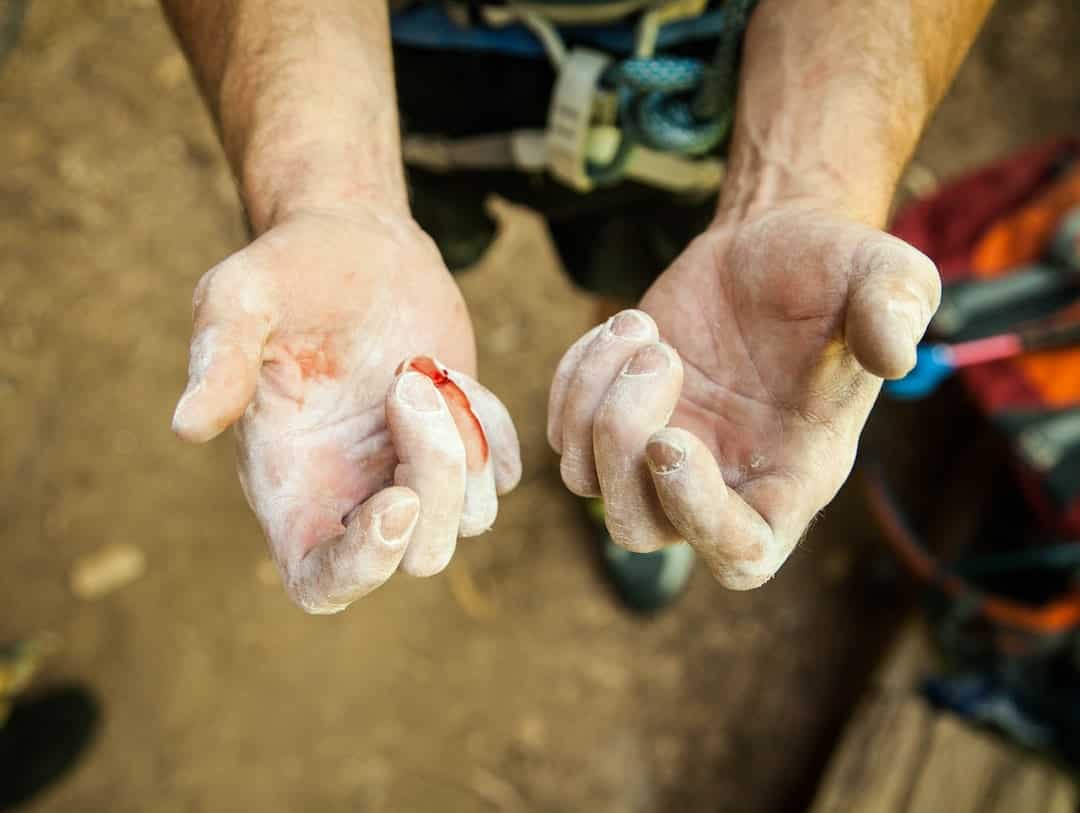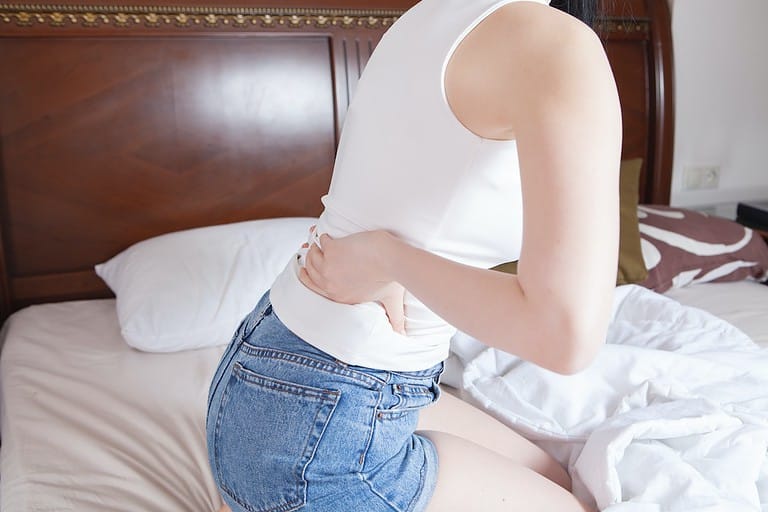Cryo Side Effects: Can Cryotherapy Cause Blood Clots?
Can cryotherapy cause blood clots? This is one of the concerns we often get from patients who are worried about the side effects of cryotherapy.
While there have been some reports of people experiencing clotting after cryotherapy, the risk appears to be low when proper safety protocols are followed.
This article will provide an in-depth analysis of how cryotherapy affects clotting and how to reduce your risk if you have a bleeding disorder.
So let’s dive in and answer the big question: Can Cryotherapy Cause Blood Clots?
Table of Contents
What is Cryotherapy?
Cryotherapy is an alternative mode of treatment that applies extreme cold temperatures to treat various health conditions.
Whole-body cryotherapy treatments involve exposing or immersing the entire body in temperatures ranging from -60°C (-76°F) up to -110°C (-166°F) for 1-3 minutes.
Meanwhile, localized cryotherapy involves applying ice to specific areas of the body through ice packs and cold compresses. This method works best when treating joints or muscles where targeted cooling is needed for quick relief from pain or discomfort.
Cryotherapy Benefits
Cryotherapy may offer a range of potential physical and psychological advantages, including enhanced blood flow, reduced swelling, and increased energy.
Cryotherapy can also be beneficial for those suffering from muscle spasms, anxiety, depression, and skin issues such as psoriasis and eczema.
Additionally, whole-body cryotherapy treatments can boost metabolism and help in weight loss by burning calories during each session.
Cryotherapy Side Effects
With your body exposed to shivering temperatures, is cryotherapy safe?
Here are some of the potential side effects associated with cryotherapy.
Skin Irritation: One of the most common side effects of cryotherapy is skin irritation. This can range from mild redness and itching to more severe reactions such as blisters or burns on the skin. To minimize this risk, it’s important to follow all safety instructions when entering a cryo chamber.
Hypothermia: Another possible side effect of cryo is hypothermia, which occurs when your body temperature drops too low due to exposure to cold temperatures for an extended period of time. Symptoms include shivering, confusion, drowsiness, slurred speech, and slowed breathing rate.
If you experience any of these symptoms during or after a session in a cryo bath, seek medical attention immediately.
Nerve Damage: In rare cases, nerve damage may occur due to prolonged exposure to extremely cold temperatures. Symptoms may include numbness and tingling sensations along with muscle weakness and loss of coordination.
Headaches: Some people have reported experiencing headaches after undergoing cryotherapy sessions. The cause behind these types of headaches could be related to vasoconstriction caused by sudden changes within your core body temperature.
Cold therapy can cause a number of serious injuries, including frostbite, third-degree burns, and frozen limbs.
But what about blood clots? Can cryotherapy cause blood clots?

(Source)
Can Cryotherapy Cause Blood Clots?
Though some believe cold therapy can enhance blood circulation and reduce swelling, one particular risk that has been raised is whether or not cryotherapy can cause blood clots.
No evidence has been found to suggest that cryotherapy can cause blood clots in individuals without pre-existing conditions. For example, one study found no significant differences in levels of fibrinogen (a protein involved in clotting) before and after a single session of whole-body cryo therapy among healthy participants.
If you have pre-existing conditions such as diabetes or heart disease, then it’s possible that long-term use of cryotherapy could increase your risk of developing blood clots. However, more research is needed to support this theory.
One of the real dangers of cryotherapy is frostbite, which can be caused by unprotected exposure to frigid temperatures that damage skin cells. This is why cryo facilities require you to wear protective gear on your hands and feet.
Other potential side effects include dehydration and electrolyte imbalances due to prolonged exposure in an enclosed chamber filled with dry air.
With proper preparation and post-treatment care, you can reduce your risk of experiencing any adverse effects from cryotherapy.
How to Reduce the Risk of Blood Clots from Cryotherapy
Consult your doctor before trying cryotherapy. Be sure to tell your healthcare provider if you have a bleeding disorder or are taking blood thinners, aspirin, or any other medicines that affect blood clotting. You might need to stop taking these medications before a cryo session.
Preparing for Your Cryo Session
Before undergoing cryotherapy, it is important to alert your physician if you have any existing medical issues such as diabetes or hypertension.
Hours before you start your cryo session, it’s essential to hydrate and eat a light meal. It’s also recommended that you wear loose-fitting clothing and avoid wearing jewelry or other metal items that could burn you.
Post-Cryotherapy Care and Recovery
Avoid strenuous activities like running or lifting weights within 24 hours after the procedure has been completed. You should also drink plenty of fluids and stay warm while allowing your body to rest and recover between sessions. If any unusual symptoms arise such as pain or swelling, contact a doctor immediately.
If you’re concerned about the potential risks associated with cryotherapy, there are several alternative treatments that provide the same benefits. One example is acupuncture, which can be an effective form of pain relief without the need to subject your body to freezing temperatures. Similarly, massage therapy has been known to help improve circulation and promote healing naturally.
Conclusion
Can cryotherapy cause blood clots and should you be worried?
In rare cases, cryotherapy can cause blood clots in patients who have pre-existing medical conditions. It’s important to be aware of the potential dangers of cryo and take proper precautions when trying it for the first time. Wear protective gear and drink plenty of fluids to reduce the risk of side effects from cryotherapy treatments.
Are you looking for ways to stay healthy and independent? Smart Living Now offers no-fluff wellness and self-care resources that can help. Learn more about the risks of cryotherapy, including whether it may cause blood clots, today!







